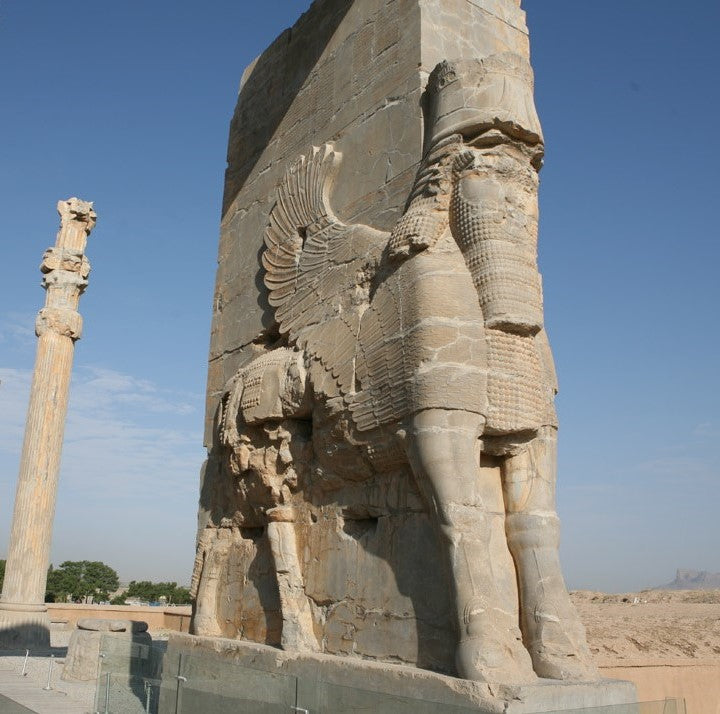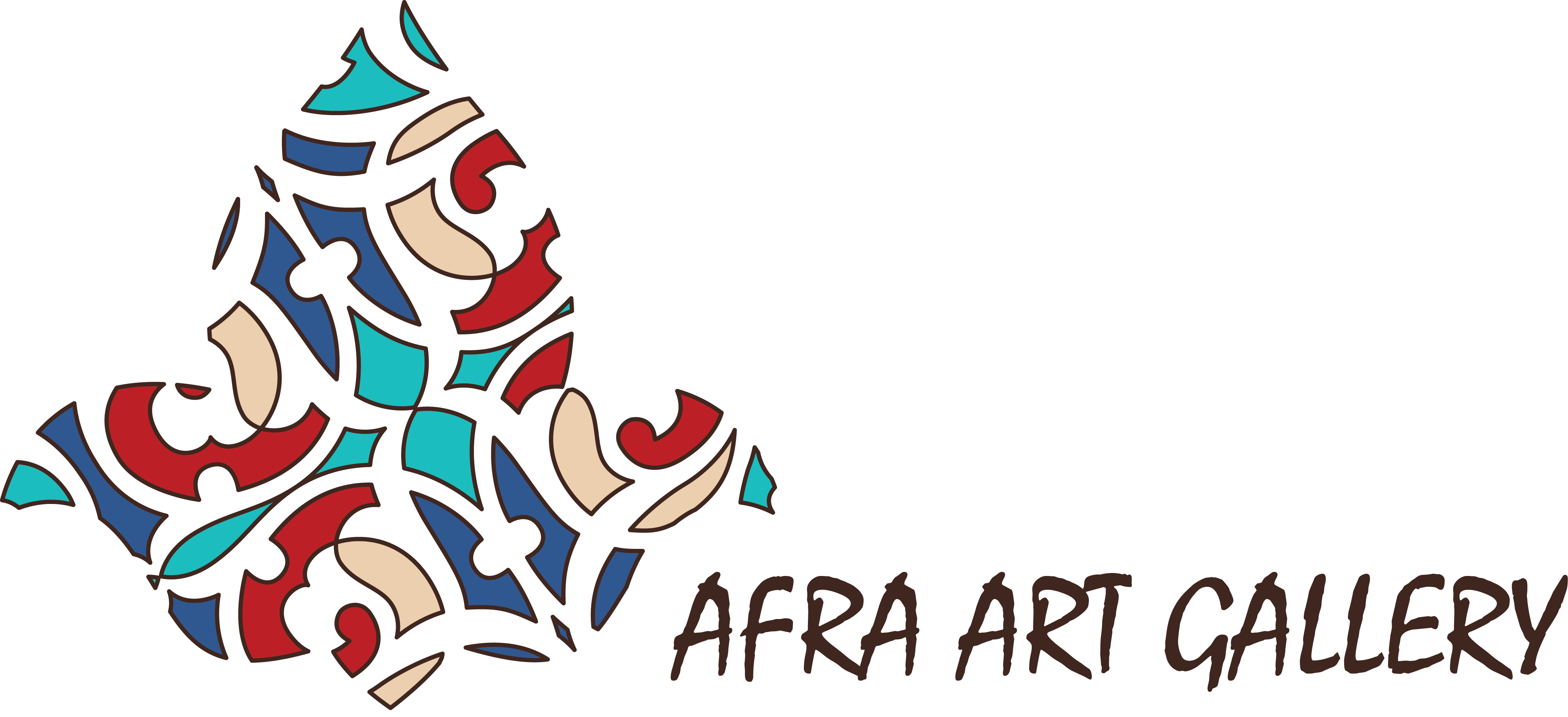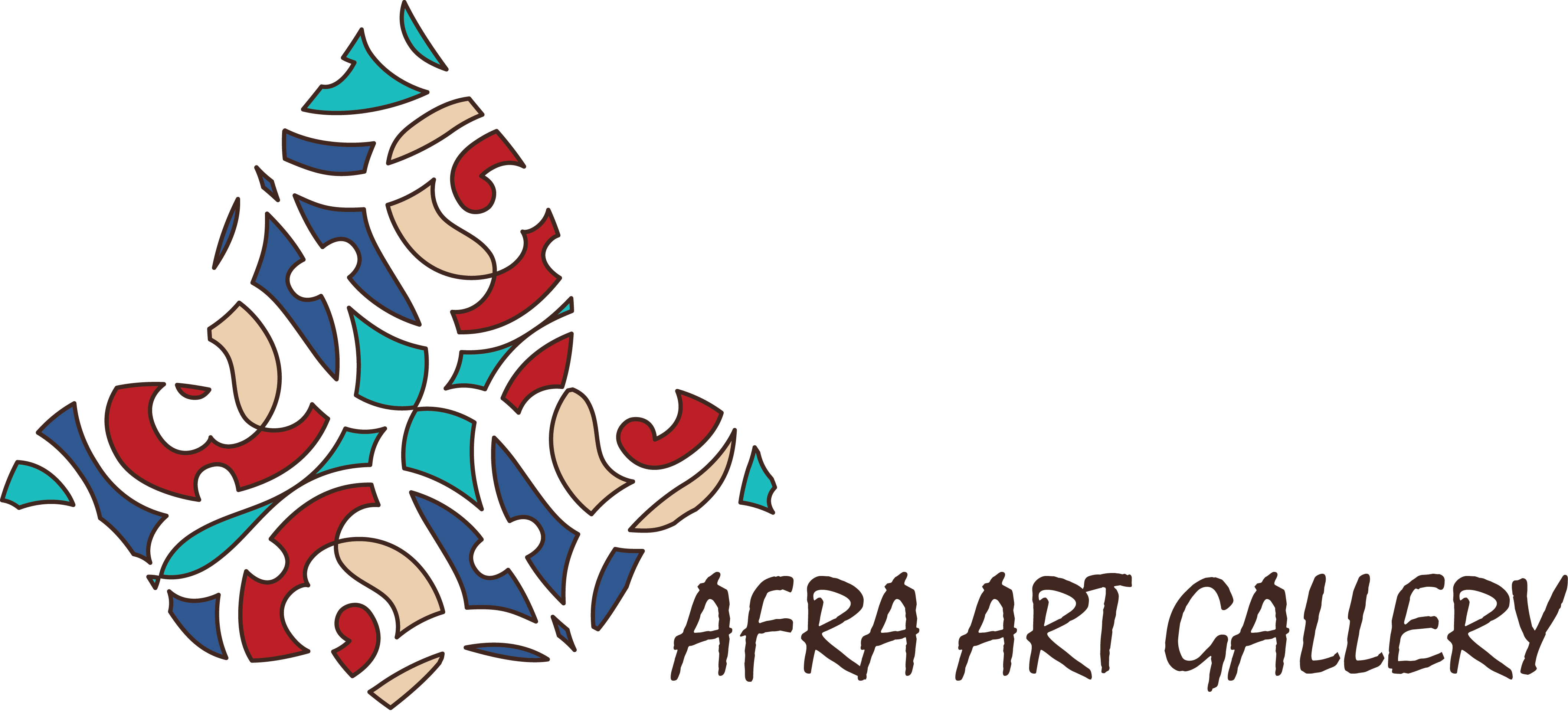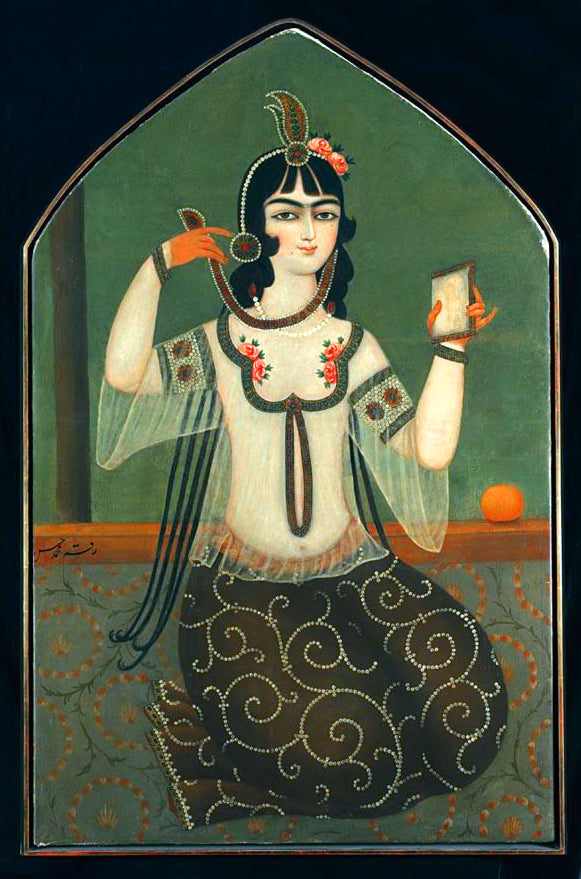
Persian Architecture Style

Many believe that Persian architecture is the greatest among Persian arts. The colorful domes, mesmerizing muqarnas, symmetrical structures, and intricate tilework make you feel like you are in a wonderland.
Let’s get to know more about Persian (Iranian) architecture and the ideas that generously contributed to the world’s cultural and artistic heritage.
The architecture of Ancient Iran
Stylistically speaking, the chronicle of Persian architecture is divided into those eras that represented it, such as Razi, Khorasani, Azari, Isfahani. An easier categorization, as followed here, would be Pre-Islamic and Post-Islamic Architecture.
Achaemenids, a New Turn:
Did you know that bricks are a Persian architectural invention? What about underground water irrigation? All these technologies were perfected during the pre-Islamic era, mostly while Achaemenids ruled the Persian empire.
Although there are archaeological sites that point to the long history of Persian architecture, new ideas and bolder designs were introduced during the Achaemenid dynasty. They built huge terraces and halls (known as Apadana) with floral decorations and towering columns that were carved to represent mythological creatures.
Do these images sound familiar? Yes! These are the exemplary stylistic features of the great Pasargadae and Persepolis, unmatched gems in Persian architecture. Dating back to 600-300 BC, all we have now are the ruins and remains, yet they still are awe-inspiring sights that take your breath away.

Bull capital Apadana, sculpture capital of the palace of Darius I. Photo credit:thatmuse.com.Louver
Mathematics and Geometry in Persian Architecture
Persian architecture style represents the majestic structure designs of an ancient country that has witnessed the rise and fall of empires and embraced civilizations with vibrant arts and cultures. Persian buildings, from houses to palaces, mansions, and mosques, are steeped in the history of Persia, and each has a unique story to narrate.
Best examples of Persian buildings follow a very sophisticated design that embodies mathematical and geometric bases and patterns.
Domes and Arches:
These semi-circular shapes represent a connection to the heavens and are a symbol of perfection and eternity. The Mosques in Isfahan and Taj Mahal in Hindustan are fine instances of these stylistic features.

Sheikh Lotfollah Masque.Isfahan.Iran.Photo Credit:apochi.com
Muqarnas:
Vaulted ceilings that signify the transition from the outer part of the building to its interior, or from one geometric shape to another.
While Persian architecture is one of the most introverted ones in the world, the symmetrical structure of the houses was sure to observe this directive. The private interior part of the house (andaruni) is separated from the exterior part (biruni), where the guests or strangers would go.

Tabatabaei House-Kashan-Iran. Photo Credit: Iranmarcopolo.com
Mysticism in Persian Architecture
Following the growth of Islam, beautiful and splendid mosques were built all around the country. Although domes were ever-present structures in Persian architecture, they became more sophisticated and sported beautiful tilework, mainly in blue, the heavenly color. Later, tall, decorated minarets and dazzling muqarnas were erected not only in mosques, but also in the royalties’ palaces, mansions, and estates.
Unity in multiplicity is a philosophical idea that has influenced the majority of Islamic buildings. Simply put, this idea suggests that everything in this universe is connected; and in every particle and portion of our reality, we can see a manifestation of the divine existence. This is one of the reasons why Islamic art and architecture boasts elaborate patterns and maximalist motifs.

Nasir-Ol-Molk Masque.(Pink Masque).Shiraz.Iran.
In Harmony with Nature
Every style of Persian architecture has relied on the natural resources and the climate of the area. Environmentalist aspects of such buildings show how people respected nature. For instance, ventilation and water irrigation systems made use of natural movements of wind and water.
Persian gardens (paradise) with towering trees, fountains and pools, demonstrate the close connection between man and nature. Charbagh, for instance, is a big rectangular garden that is divided in four symmetrical gardens, separated by perpendicular waterways. Persians were the first people who practiced landscape gardening and planted lovely gardens into their desired sceneries. 9 Persian gardens are listed as UNESCO’s World Heritage Sites.

Natural ventilation system (Bad Gir) in the roof of an old house in Iran
The Bottom Line
Although urbanization has drastically changed the Persian buildings, Persian architecture’s elements and styles have survived the tide of time. You can see the traces of Persian architecture in handicrafts like carpets, Mina Kari, and most especially in Persian Jewelry. Nowadays, jewelry designers are inspired by the geometric patterns, the tilework, mirror work, and many other great motifs.
|
Sample of modern Persian jewelry design inspired by old Persian window from SHams-Ol-Emareh Collection.
|





Leave a comment
This site is protected by hCaptcha and the hCaptcha Privacy Policy and Terms of Service apply.